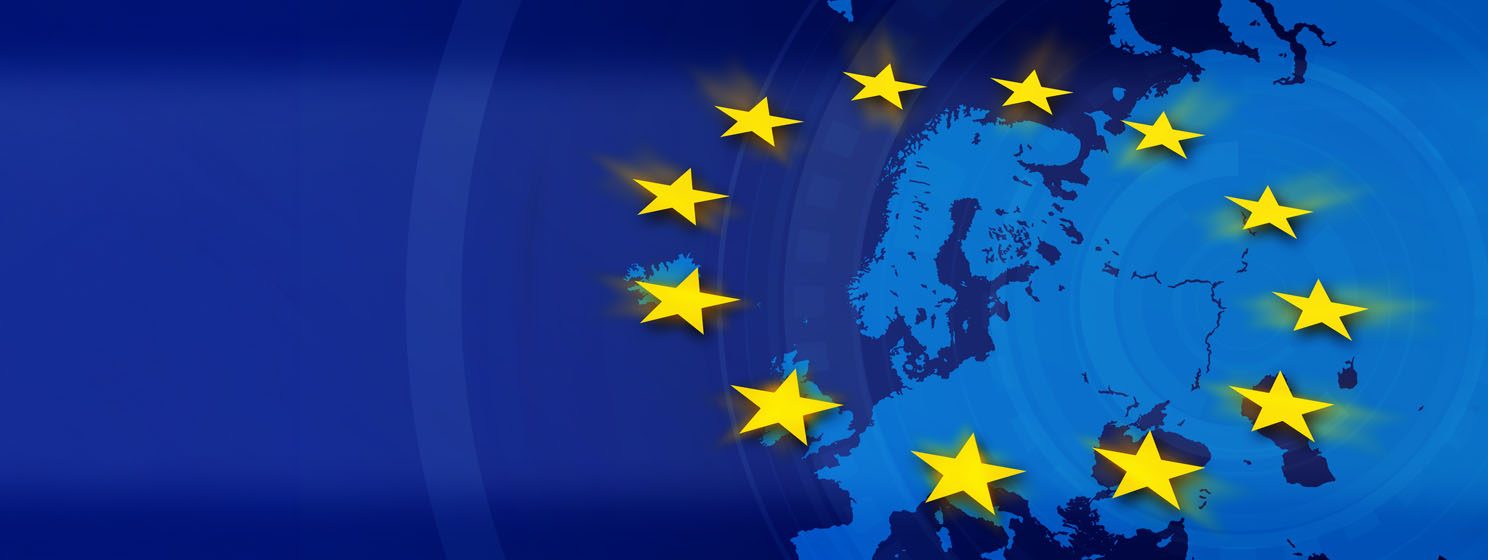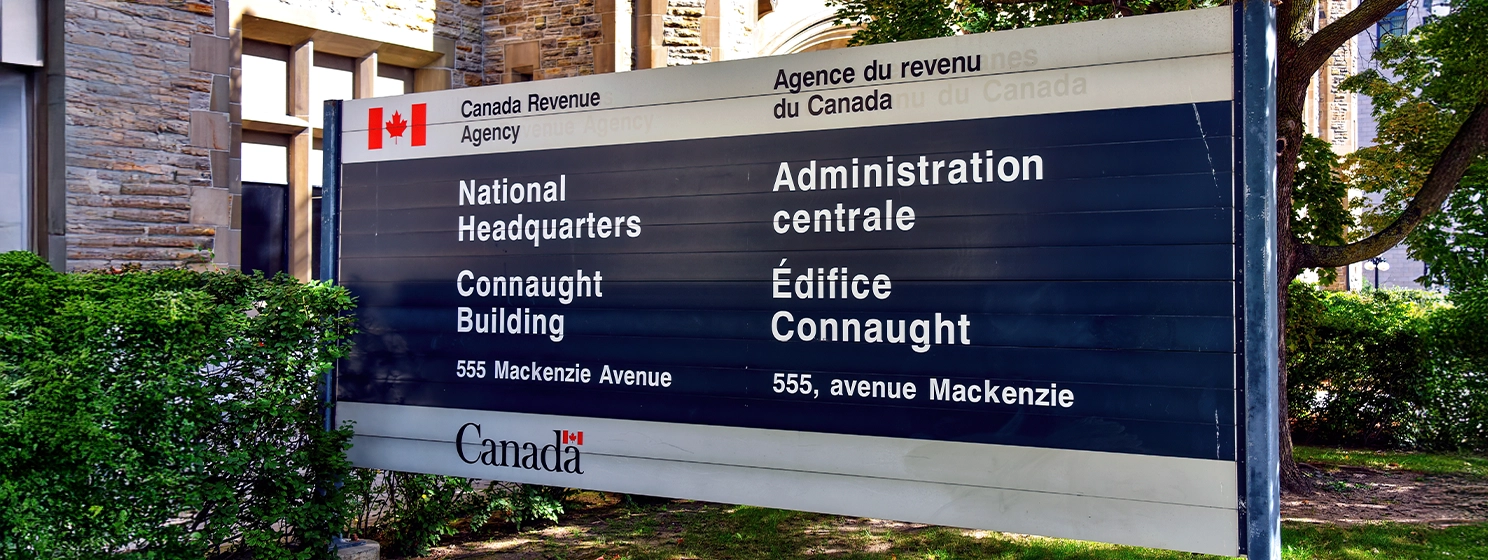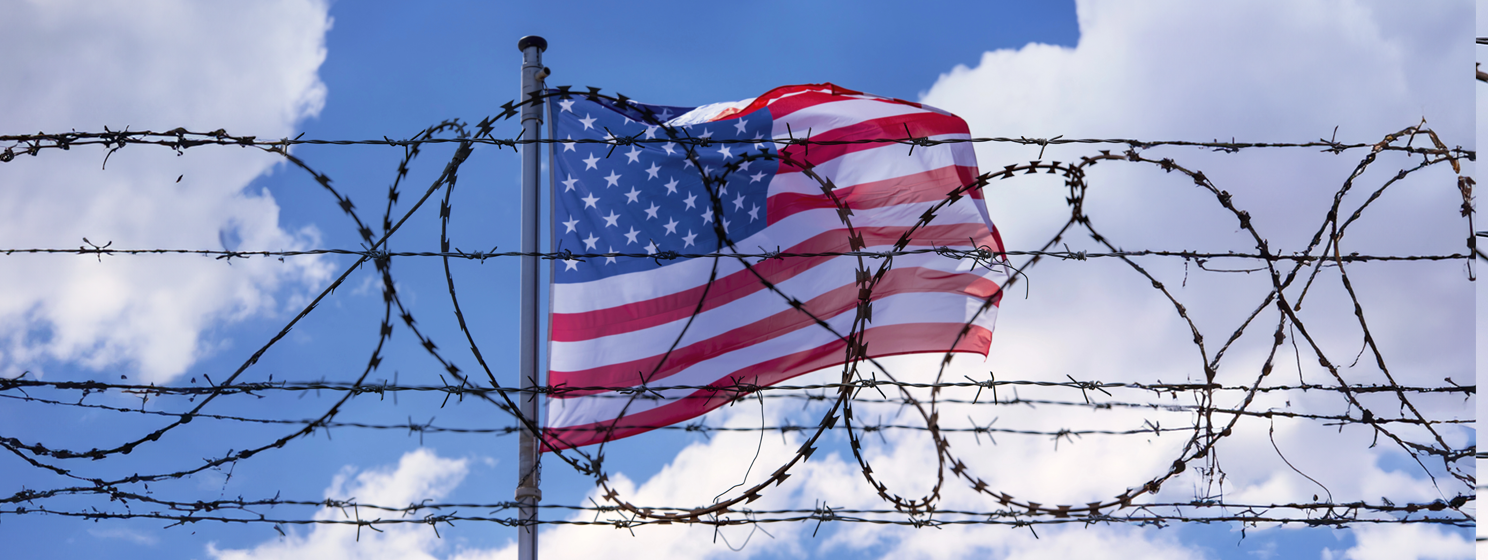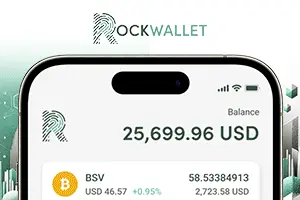|
Getting your Trinity Audio player ready...
|
A few weeks ago, most tech analysts agreed that Europe had seen better days as a hub for innovation.
However, that position now requires a rethink after Mistral AI released ‘Le Chat.’ The artificial intelligence (AI) chatbot is capable of text generation, real-time search, document processing, and image generation. Experts claim the open-source model is 13x faster than ChatGPT, processing 1,000 words per second, and is fluent in all major European languages.
While Le Chat’s release didn’t shake markets like China’s DeepSeek did, it has topped the download charts in the Google Play Store (NASDAQ: GOOGL). Within just a week, French President Emmanuel Macron announced a €100 billion ($103.5 billion) AI investment, and Mistral announced partnerships with automaker Stellantis (NASDAQ: STLA), tech giant Cisco (NASDAQ: CSCO), and defense contractor Helsing.
Is the European tech scene finally waking up?
Undoubtedly, Europe has fallen behind in consumer tech innovation in the past few decades. The continent that gave humanity the World Wide Web is now better known for drowning its most promising startups in overbearing regulations and being too risk-averse to lead in the age of information technology.
The good news is that European governments are aware of this, and they’re beginning to signal a willingness to change. The European Commission released a five-year plan to boost innovation, Airbus (NASDAQ: EADSF) announced plans to take on SpaceX in the space race, and governments across the continent are fostering the creation of innovation hubs.
Is Europe ready to compete with the global tech giants? Time will tell, but the foundations for it to do so have been laid.
Europe’s Digital Decade and the role of blockchain
The point about headlines is important; Europe is more akin to a scientist in a lab, quietly researching, concerned with safety and proper lab rules, and interested in materials science and engineering. This is a stark contrast to rambunctious Silicon Valley startup founders and mobile apps with global reach.
While that approach hasn’t served Europe well in the age of Web 2.0, it may be about to pay off as we enter the Web 3.0 era and the age of AI. While the world has been focused on 100x gains from memecoins, and VC capital is busy chasing BTC exchange-traded funds (ETFs) and MicroStrategy (NASDAQ: MSTR) stock bubbles, Europe has been laying the groundwork for what it calls the Digital Decade. This vision lays out Europe’s digital transformation by 2030. The goals are gigabit Internet for all homes, a 20% share of the semiconductor market, better access to funding for EU startups, and all public services being available online, accessible with a secure digital ID.
Blockchain technology and digital currencies play a key role in the trust, transparency, and security required in the Digital Decade, and the EU has expressed interest in decentralized identity, financial innovation, and supply chain management. For example, mintBlue developer Pieter Den Dooven recently joined the CoinGeek Weekly Livestream to explain how his company is helping European SMEs comply with their product passport requirements.
While critics claimed the Markets in Crypto-Assets (MiCA) regulation and AI Act, would crush innovation in both industries, in reality, only Tether has suffered under MiCA, and Europe is at the forefront of exploring blockchain tech’s utility. To give a few examples, the digital euro is in its preparation phase, the European Investment Bank (EIB) has released tokenized bonds worth hundreds of millions of euros, the EU has an official blockchain network for credential verification and supply chain management, and several regulatory sandboxes are underway.
All of this could lead to Europe emerging as a tech leader as we approach the 2030s. The foundations (regulations) have been laid, the strategic vision has been decided, and the creation and innovation are underway. In typical European style, most of the work involves behind-the-scenes infrastructure projects, but Mistral AI’s Le Chat proves Europe can also compete on the software and consumer application level.
How AI and blockchain can complement each other in a digital Europe
One of the key parts of the EU’s AI Act is the explainability requirement. The aim is to make AI decisions interpretable for users, regulators, and affected people. Essentially, it determines that AI should not be a black box; users and regulators should know how and why a decision was made in high-risk areas like healthcare, finance, recruitment & HR, or law and justice.
Under the explainability requirement, AI companies must provide documentation explaining model logic, ensure users understand outputs such as decisions, allow regulators and auditors to review decisions, and provide human oversight mechanisms. Those familiar with scalable public blockchains should be piecing this together already; no technology is better suited to delivering verifiable, transparent, and tamper-proof records.
Scalable public blockchains like BSV enable companies to provide immutable decision logs by hashing them and storing them on-chain. Decision trees, weights, or feature values can also be hashed and published. AI model updates and training data can be timestamped and recorded, enabling regulators to audit them easily. Better yet, Zero-Knowledge Proofs (ZKPs) can provide mathematical proof of compliance without exposing sensitive data, maintaining privacy, and protecting sensitive data.
All the pieces are on the board: France has now shown the EU can compete with the best in AI, and the scalable blockchain technology is ready and available to help the industry comply with the necessary regulations. AI and scalable blockchain tech were made for each other. Europe may be the first continent to realize it.
In order for artificial intelligence (AI) to work right within the law and thrive in the face of growing challenges, it needs to integrate an enterprise blockchain system that ensures data input quality and ownership—allowing it to keep data safe while also guaranteeing the immutability of data. Check out CoinGeek’s coverage on this emerging tech to learn more why Enterprise blockchain will be the backbone of AI.
Watch: Adding the human touch behind AI

 12-14-2025
12-14-2025 





